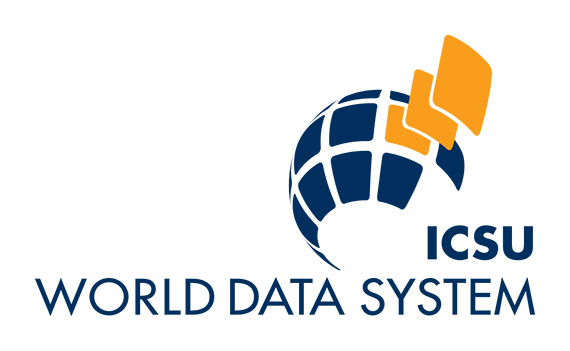The cryosphere - sea ice, lake ice, river ice, snow cover, permafrost, and glaciers - plays a significant role in the Earth's climate system. With respect to the cryosphere, Canada occupies a unique geographic position on the globe in that much of the planet's northern cryosphere falls within Canada's territorial boundaries. Under the current conditions of rapid climate change over northern high latitudes (Olsen et al., 2011; Vincent et al., 2011), Canada has an obligation to measure, model, and understand the complex relationships between the cryosphere and the Earth's climate system to provide accurate and timely information on cryospheric variability and change to the public and decision makers.
In meeting this obligation, the wealth of knowledge and data generated through polar research must be managed to ensure exchange and maximize accessibility of relevant data, especially from publicly-funded activities, and to leave a lasting legacy (Parsons et al., 2011; Pulsifer et al., 2013). The Canadian Cryospheric Information Network (CCIN) was developed in the mid-1990's to fulfill this need. Created through a collaborative partnership between departments of the Canadian Government (the Canadian Space Agency, Environment and Climate Change Canada, and Natural Resources Canada), Dr. Ellsworth LeDrew at the University of Waterloo, and the private sector (Noetix Research Inc. of Ottawa, Ontario), the main objectives of CCIN have been as follows:
- To provide a data and information management infrastructure for the Canadian cryospheric research community,
- To enhance public awareness and access to cryospheric information and related data, and
- To facilitate the exchange of information between researchers, northern communities, decision makers, and the public.
During its first decade, CCIN received, archived, and served online datasets that were collected and developed by cryospheric scientists associated with CRYSYS (CRYosphere SYStem in Canada) and other research programs in Canada. Since the late 1990’s, CCIN has maintained this cryospheric outreach and education website for the public. Popular features include snow water equivalent (SWE) maps for the Canadian Prairies, kids games, photographs and videos, an “Ask an Expert” service, links to newsletters and publications, and interactive visualizations of SWE and lake ice data that have been developed in partnership with the Global Cryosphere Watch of the World Meteorological Organization. Development of this website is guided by a Science Advisory Council composed of experts in cryospheric research and data management who provide scientific content for the site. Security and safety of the data and metadata are assured through on-site duplication and off-site backup copies.
Polar Data Catalogue
To develop a more sophisticated online presence and database to serve the data management needs of ArcticNet scientists, the Polar Data Catalogue was established to facilitate the exchange of information among researchers and other user groups, including northern communities, international programs, and the interested public. Visit About the PDC to learn more.
WDS Membership
CCIN and the Polar Data Catalogue are proud to be Regular Members of the International Council of Science (ICSU) World Data System (WDS). To learn more visit the WDS homepage.

References
- Olsen, M., T. Callaghan, J. Reist, L. Reiersen, D. Dahl-Jensen, M. Granskog, B. Goodison, G. Hovelsrud, M. Johansson, R. Kallenborn, J. Key, A. Klepikov, W. Meier, J. Overland, T. Prowse, M. Sharp, W. Vincent, and J. Walsh, 2011. The changing Arctic cryosphere and likely consequences: An overview. AMBIO 40-supp1: 111-118.
- Parsons, M., Ø. Godøy, E. LeDrew, T. Bruin, B. Danis, S. Tomlinson, and D. Carlson, 2011. A conceptual framework for managing very diverse data for complex, interdisciplinary science. Journal of Information Science 37-6: 555-569. DOI: 10.1177/0165551511412705. Online at: jis.sagepub.com/content/early/2011/10/20/0165551511412705 (accessed November 2013).
- Pulsifer, P., L. Yarney, Ø. Godøy, J. Friddell, W. Vincent, T. DeBruin, and M. Parsons, 2013. Data management for Arctic observing. Arctic Observing Summit, White Paper, 21 pp.
- StatsCan, 2007. Analysis, Households and the Environment: Energy Use. Statistics Canada Publications, 11-526-S. Online at: http://www.statcan.gc.ca/pub/11-526-s/2010001/part-partie1-eng.htm (accessed March 2015).
- Vincent, W., T. Callaghan, D. Dahl-Jensen, M. Johansson, K. Kovacs, C. Michel, T. Prowse, J. Reist, and M. Sharp, 2011. Ecological implications of changes in the Arctic cryosphere. AMBIO 40-supp1: 87–99.
Acknowledgements
This project was undertaken with the financial support of the Government of Canada.
Ce projet a été réalisé avec l'appui financier du gouvernement du Canada.


















